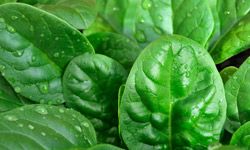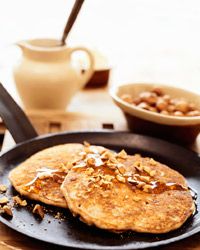With people all over the globe spending billions of dollars on skin-care products every year, you'd think cosmetics companies had replicated the fountain of youth in the laboratory. In fact, skin creams have gotten more and more expensive and less and less based on real science. According to most experts who aren't hawking half-ounce jars of $200 youth serum, the science behind skin care is simpler than most of us think.
As with most health benefits, it comes down to lifestyle rather than how much you can afford to spend on products. The things you can do to beautify your skin are remarkably similar to what you can do to live longer and better: Get regular exercise, sleep enough, avoid sun damage and eat well. And, as it turns out, foods can work from the inside out or the outside in to brighten your complexion. So what are we looking at when it comes to beautiful skin from your own kitchen? In this article, find out what you'll want to throw in your shopping cart to make your skin gorgeous and why those foods work on traits like smoothness and tone.
Advertisement
First up: a dessert ingredient for your epidermis.




